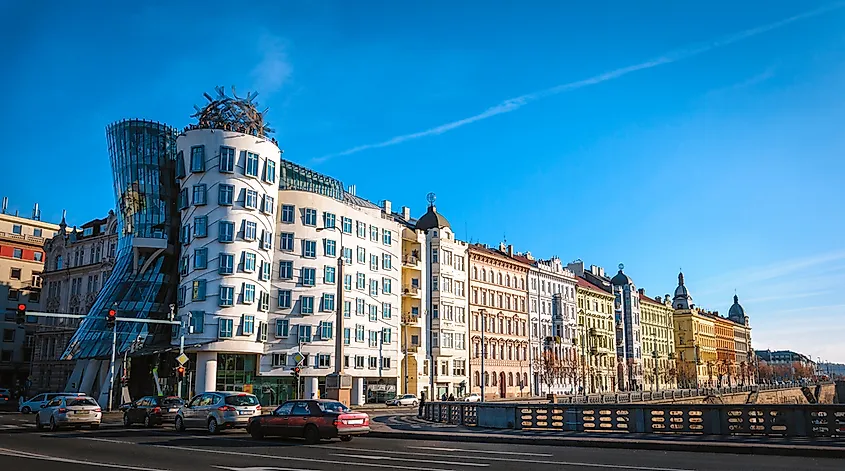Movements Throughout History - Postmodernism

What is Postmodernism?
Postmodernism was a movement that emerged in the mid 20th century across several fields such as architecture, philosophy, and art. It marked a departure from modernism and encompassed a wide array of ideas and was characterized by distrust, skepticism, and irony toward ideologies. It features grand narratives that borrow much from the Era of Enlightenment of the 18th century (such as the ability for humankind to control fate and reason). Postmodernism questions notions such as social progress, human nature, reason, objective reality, absolute truth, and morality. It asserts that truth and knowledge are products of a complicated combination of historical, social and political discourse.
Postmodernism is also characterized by thoughts on epistemological and moral relativism, irrelevance, pluralism and self referentiality. In a broader less descriptive sense, postmodernism refers to the period following modernity and refers to several movements within that era including art, music, architecture, and literature, and particularly their reaction against the tendencies of modernism.
Postmodern Architecture

While buildings designed in the proceeding period of modernism were seen as the rejection of a classic architectural form, postmodern architecture is a further reaction against modernism. In postmodern architecture, the sources from which inspiration can be drawn are limitless. These fluid boundaries make it rather hard to define. Postmodern architecture began to garner popularity in its rejection of modern architecture in the 1960s. It reached its apex in the 1980s in the United States, where many suburban malls were built inspired by postmodernism architecture. Buildings constructed using postmodern architecture is characterized by complex shapes and nonsensical colorations. Postmodernism architecture can further be characterized by complexity and contradiction, fragmentation, and asymmetrical and oblique forms. It also utilizes various colors to create personality with the use of colored glass or ceramic tiles that give life to forms.
Postmodern Visual Arts

Postmodernism encourages the questioning of all values, a notion that can be applied to the visual arts as well. While modernism in visual arts employs the use of paradox, postmodernism reacts against paradox and also reject the argument of progression. Postmodern art is characterized by the incorporation of pop culture imagery as well as the use of industrial or unconventional materials. Several other movements have been derived from postmodern art including new classicism, conceptual art, installation art, telemetric art, digital art, performance art appropriation art, and lowbrow art.
Postmodern Music
Postmodernism in music is not considered as a distinct artistic style but is rather defined as the music composed during the postmodern era. As in all other forms of postmodern art, postmodern music is the rejection of modern music. Critics have defined postmodern music as an expression of the effects of globalization and capitalism and compositions that criticize populist values while embracing eclecticism and pluralism. Some scholars believe the roots of postmodern music can be traced to the 1960s, particularly within the genre of psychedelic rock.
Criticism Of Postmodernism
Many critics argue that the postmodernism movement is meaningless and can even cripple judgment calls. It could be argued, however, that this critique is postmodern itself. However, some critics further argue that through its opposition of modernism, postmodern art adds no analytical knowledge and lacks content.











